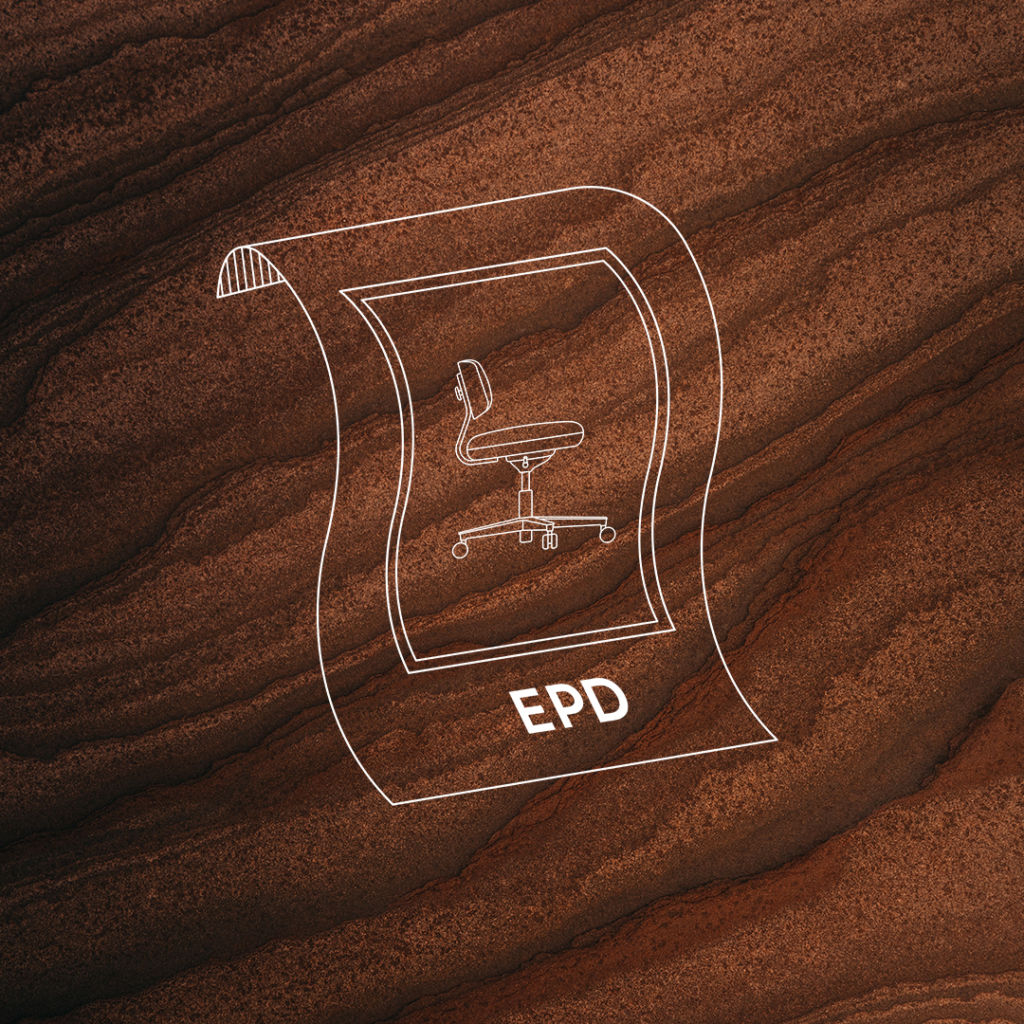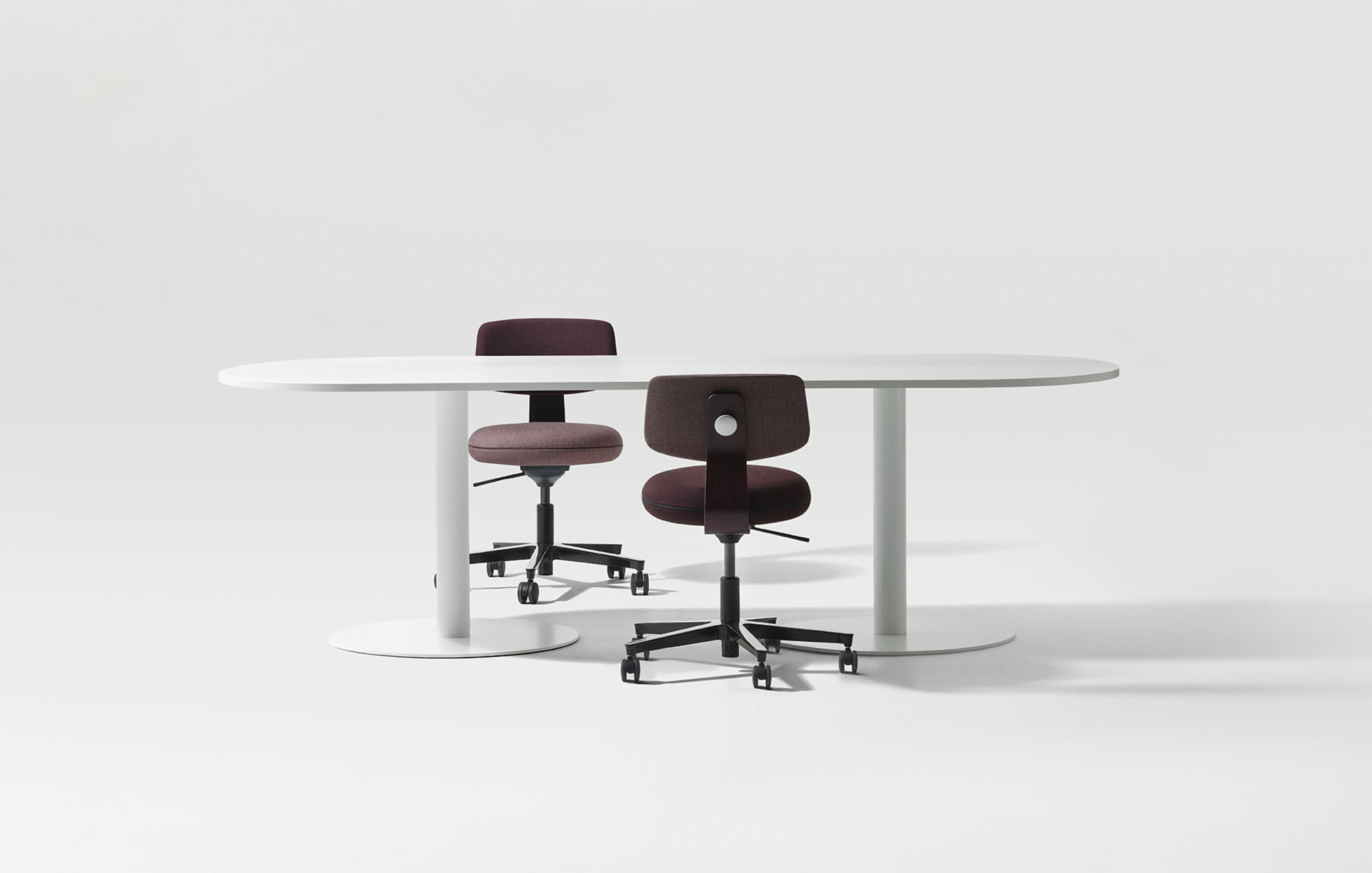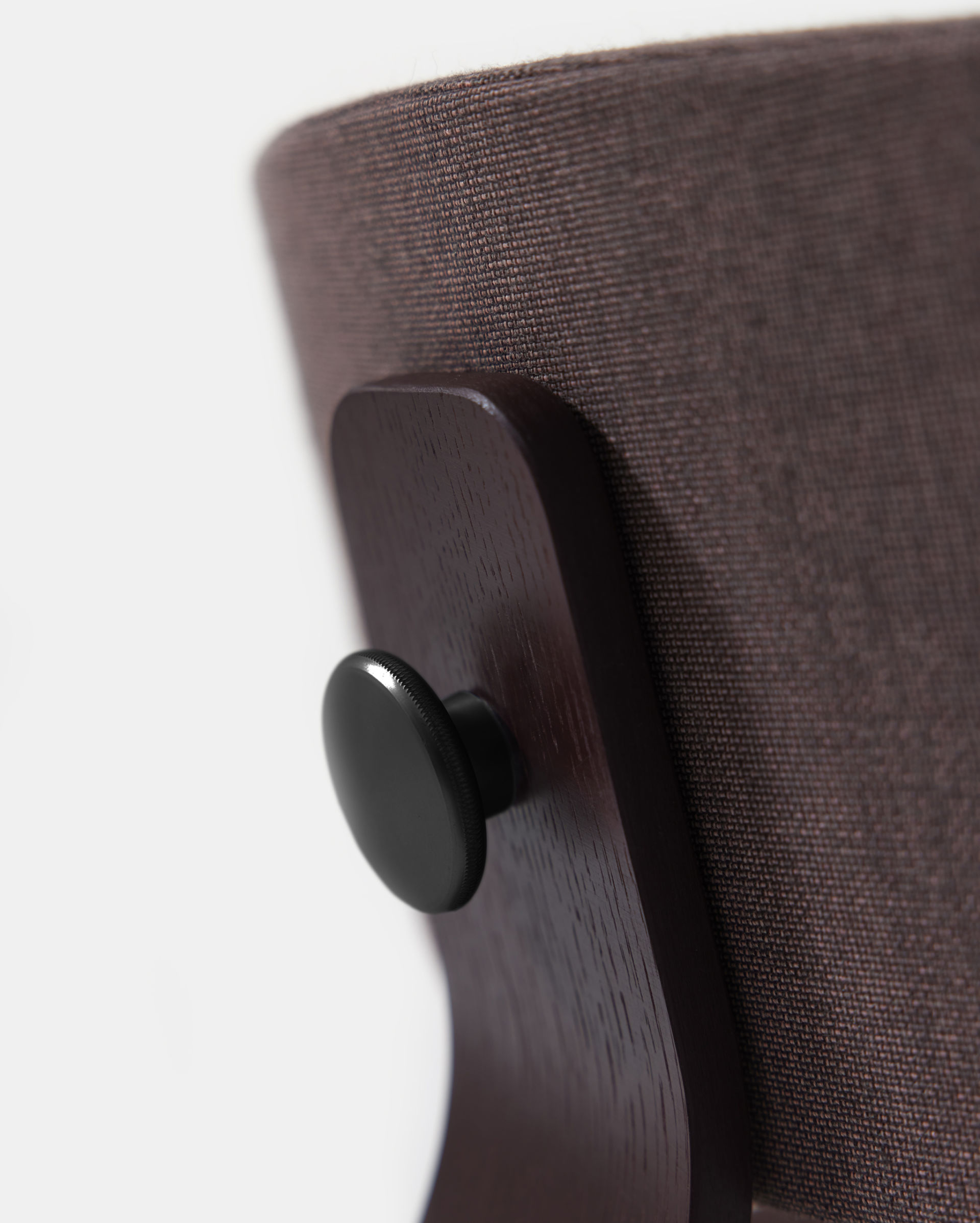STORY
Measuring environmental impact with EPDs
What is an EPD and how can it be used to compare furniture and make eco-friendlier choices?
What is an EPD and how can it be used to compare furniture and make eco-friendlier choices?


EPD stands for Environmental Product Declaration and contains product-specific environmental information that reports a product’s content and environmental impact. Among other things, an EPD may cover a product’s materials, packaging, haulage and the consumption of chemicals, energy and water during production.
To create an EPD, one must first conduct a life cycle analysis (LCA) to calculate the product’s emissions and environmental impact on the basis of its life cycle perspective. Because the precise point where the largest climate impact occurs in a life cycle may differ from one product category to another, the LCA calculations must be customised for different products. This is done using product-specific calculation rules known as Product Category Rules (PCR). Data are then transferred from the calculations in the LCA to an EPD. For the calculations to be comparable, both the LCA and EPD are prepared according to the standard ISO 14025, Environmental Labels and Declarations, Type III.

Just because it has an EPD, it does not mean a product is good or bad from a green standpoint. An EPD is only relevant and of interest when we study and evaluate the outcome. In practice, this means that where there are EPDs for two different products, one can see e.g. the climate impact they have caused and how great the difference is. One chair may give rise to 60 kg of CO2 and the other 80 kg. However, one should not fixate on the precise figures. Even though LCAs and EPDs are both prepared according to ISO standards, the results may be affected by simplifications and assumptions made in the calculations. If two pieces of furniture only differ by a few per cent, they are probably equivalent. Comparing two EPDs may also mean comparing different sustainability factors side-by-side such as the proportion of recycled material compared to the proportion of renewable raw material.

In general, there is greater demand for eco-friendly products in the Nordic market compared to the rest of Europe. The purpose of EPDs is to enable the customer to compare and assess the environmental profiles of different products before making a choice. Thus, EPDs can help set environmental goals as they make it easier for consumers and companies to make active choices and select products with as low a climate impact as possible. In Sweden, we have begun to see requirements for EPDs in tenders. Because LCAs are time-consuming and expensive for suppliers, the preparation of EPDs presents a challenge. The requirement for EPDs from the National Agency for Public Procurement is a spearhead issue today, as not all suppliers are able to provide such information. However, one probable development is for EPDs to be used for setting climate impact limit value standards in national environmental goals or climate, energy and environmental goals in the EU.
– Raw materials
– The proportion of recycled and recyclable materials
– Energy recovery
– Water consumption
– Chemicals
– Packaging
– Haulage
– Waste management
– Emissions from production